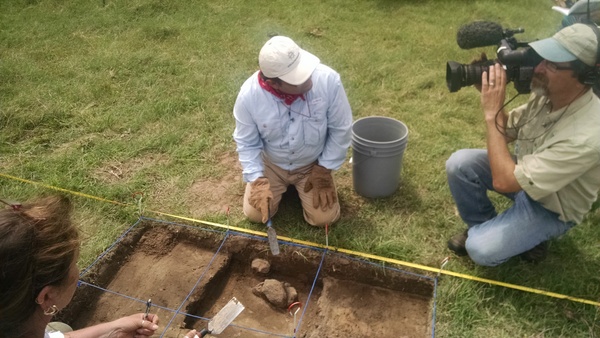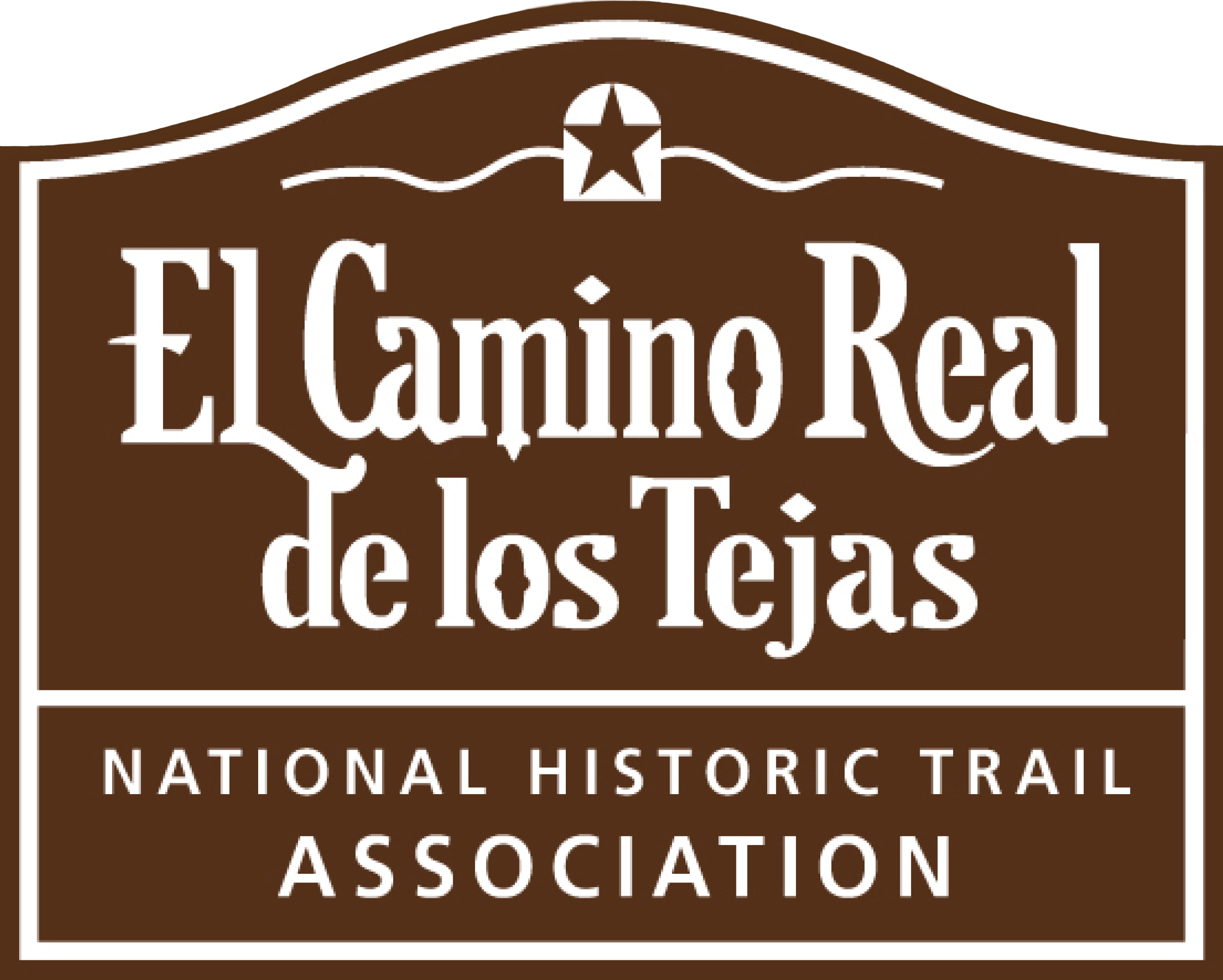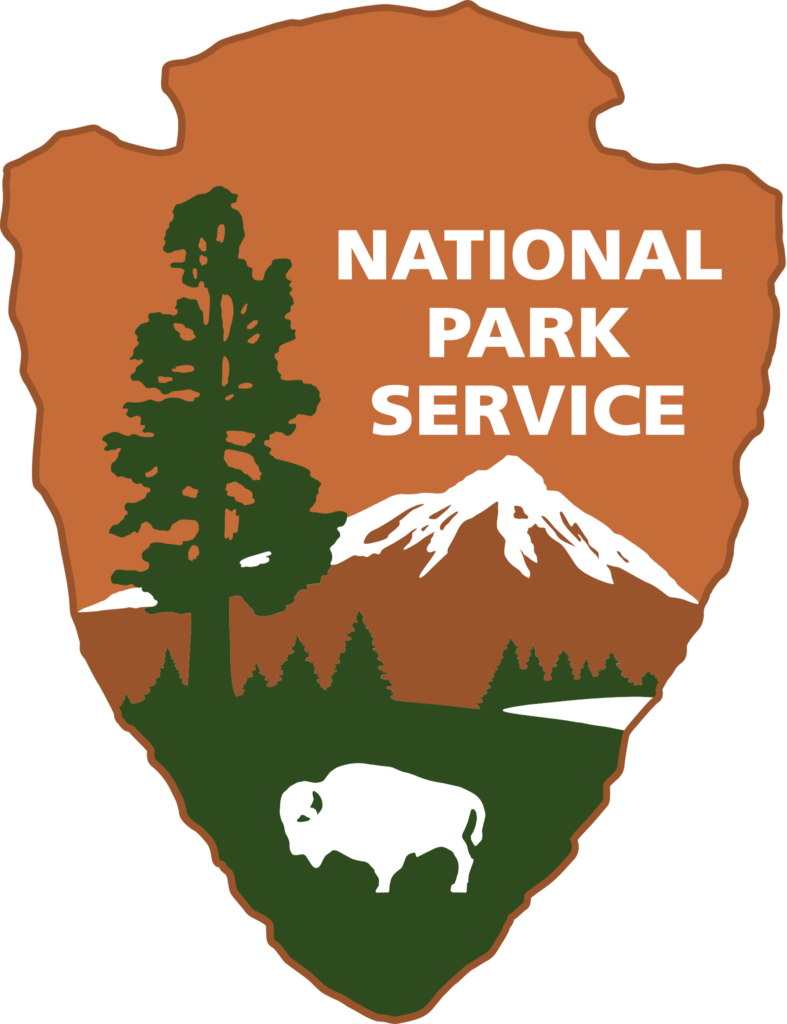In October 2016, El Camino Real de los Tejas National Historic Trail Association (ELCAT) was awarded a Texas Preservation Trust Fund grant from the Texas Historical Commission (THC) for their Rancheria Grande archaeological project in Milam County, which is about 75 miles east of Austin. The grant is a matching grant that is funded by the THC at $30,000 for a total of $60,000 towards the project.
The earliest history of Colonial America is intrinsically linked to early Texas history, which represents shared ideas of liberty between Spanish, French, and English colonists. The history of the United States begins in early Texas history as much as it does in the thirteen American colonies. The story of the Rancheria Grande rivals the narrative of Plymouth Rock and Jamestown, and all three with the Spanish Missions ranchos of La Provincia de los Tejas are equally responsible for the successful colonization of North America. The Rancheria Grande represents the largest conglomeration of Native American and European groups that assisted in the transportation of goods, soldiers, ammunition, funding, and cattle to the American Revolutionary war effort. Social and economic ties were required to pass safely along El Camino Real de los Tejas through Rancheria Grande territory; without good relations with the 23 nation groups, our national narrative might have been very different than it is today.
Working to highlight this history, ELCAT and archaeological firm, GTI Environmental have been conducting archaeological investigations in the Rancheria since late 2016, and many exciting discoveries are taking place!
In the Fall of 2016, an extensive swale of the Camino was discovered on the Conner property within the Rancheria. Known as the Conner Swale, the remnant is several hundred feet in length and is in alignment with the official NPS trail-line. The Conner’s have since cleared the undergrowth and restored the swale to its historic setting. They have guided tours of their property, in conjunction with the Texas Master Naturalists, and they anticipate incorporating Camino history and viewing of the swale into their tours.
Even more exciting, in March 2017, evidence of multiple Native American dwellings were discovered on the Bauman property, which is adjacent to the Conner property. To quote GTI Environmental, “[GTI has] found the archaeologically documented presence of midden deposit, a raised rectangular-shaped low-rise slightly above the surrounding native village landscape ground elevation, and evidence of multiple domestic dwellings located on the low-rise.” More so, “While [GTI] hoped it might find limited evidence of domestic structures, [they] did not anticipate encountering this type of evidence in sandy soils. [GTI] not only found the evidence of village homes in the sandy soils, [they] believe, based on archival research, that the spatial pattern of domestic dwellings resembles the village setting in Fray Damián Massanet and Domingo Terán de los Rios’ 1691 Entrada Map. The discovery of house patterns made [everyone] very excited, because it is significant for Rancheria Grande and for archaeology in Texas.”
Beyond the archaeology, three property owners within the Rancheria Grande have certified their properties as official sites on the trail via the Landowner Certification Program (LCP) of the NPS-NTIR. Combined with Apache Pass’ certification in 2012, Milam County now has the largest conglomeration of private landowners anywhere on the Camino Real who are taking part in the LCP. More so, the Texas Parks and Wildlife Department has filmed the archaeological efforts in the Rancheria for their weekly PBS series. The segment will air in February 2018.
The Rancheria and its role in the history of El Camino Real de los Tejas National Historic Trail cannot be understated, and through partnerships with private landowners, state and federal agency partners, and the non-profit trail association, the archaeological effort is a model of the partnerships intended for within the National Trails System Act!




